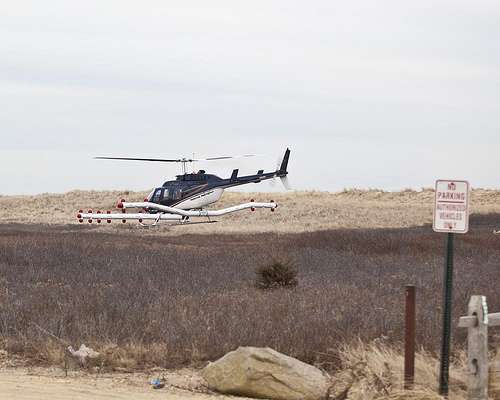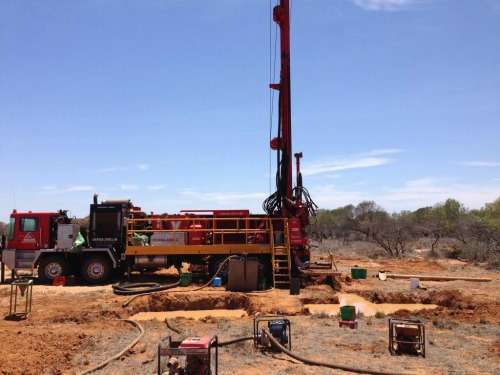Airborne surveys increase water paydirt prospects

The Department of Agriculture and Food WA (DAFWA) has used airborne electromagnetic surveying to improve the strike rate of finding quality water supplies in the Gascoyne.
The drilling will provide new water to growers as part of the region-changing Gascoyne Food Bowl Initiative, which will increase irrigated agricultural production in the Gascoyne by 400 hectares.
To provide this water DAFWA has selected water-drilling sites using airborne electromagnetic surveys, which can detect areas likely to contain water of sufficient quality and yield.
DAFWA principal research scientist Richard George says previous drilling involved a hit-and-miss technique in which there was just a one-in-five chance of finding water and even less chance of finding water of suitable quality.
But the airborne electromagnetic (AEM) surveying has doubled the odds of striking it lucky.
"At Carnarvon we used a new AEM system which comprises a receiver and transmitter mounted on a helicopter," Dr George says.
"The system takes measurements of the electrical properties of the ground to assess where potential aquifers may occur.
"Flight lines at 150m spacing north and south of the Gascoyne River provided the data we needed."
Partners in CSIRO processed the information from the surveys to reveal targets that were mapped for exploratory drilling.

Of 70 targets identified, DAFWA has already located more than 30 sites suitable for production bores and 17 of these have been equipped.
"We're running better than a one-in-three success rate of finding sufficient water-bearing sands, though we're still only half way through the program" Dr George says.
"By finding sites with high yield we can save on energy as we don't have to pump from such a long way down."
Gascoyne growers worried by an increasingly dry Gascoyne River are already seeing the benefits of the water, using it to bolster declining traditional sources.
"Testing has also been prioritised on four new production bores installed at the end of the new power line," Dr George says.
"These and another five potential exploration sites located using the AEM may be able to make available more water to assist industry in the short-term."
Once drilling is complete, work will begin on extending the power line and laying the 24km pipe to transport the water to Carnarvon.
Provided by Science Network WA
















